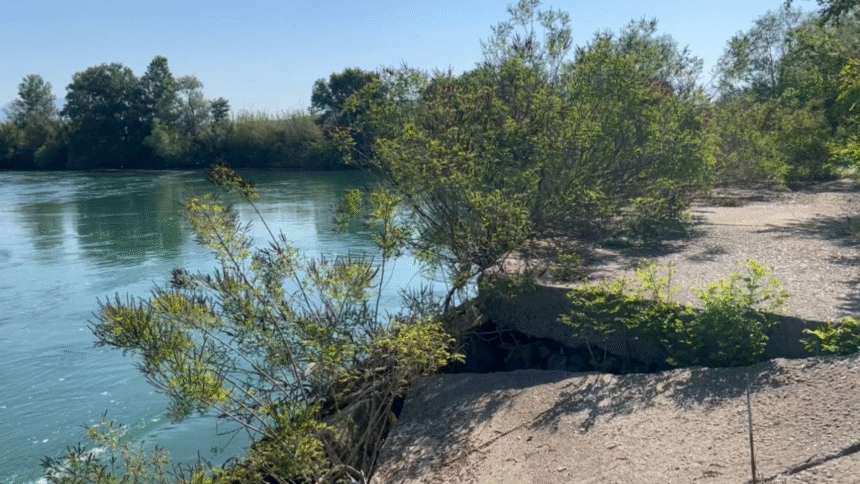The Hydrometeorological Institute of Kosovo (IHMK) has raised the alarm over the worsening hydrological situation in the country, as rivers are now showing significantly lower levels than the long-term average. The primary cause is the lack of rainfall and snowfall in recent months.
According to IHMK, the situation is particularly severe in the White Drin basin, especially in the Bistrica River of Peja, where flows are well below normal. While there have been sporadic, localized downpours, they’ve had no lasting impact on water sources.
The Bistrica of Peja sub-basin covers 500 km², accounting for 11.5% of the total area of the White Drin basin and 13.7% of its flow, the report notes.
Data collected from the national hydrometric network indicates alarming anomalies over the past five years, especially during spring months — a time that would usually see higher river discharges due to snowmelt.
Based on historical statistics (1963–2009), the average flow of Bistrica in May was 17.5 m³/s, while in June it was 7.5 m³/s. However, from 2021 to 2025, the June flow dropped to just 4.8 m³/s, representing a drastic decline of 56.3%.
IHMK warns that the drop in water levels could have serious consequences this summer, including:
Restrictions on drinking water supply
Negative impact on agriculture
Decreased hydroelectric power generation
Broader damage to key economic sectors
Because of this, IHMK is calling for continuous monitoring and careful water resource management to mitigate the possible effects of a deepening hydrological drought threatening Kosovo.







